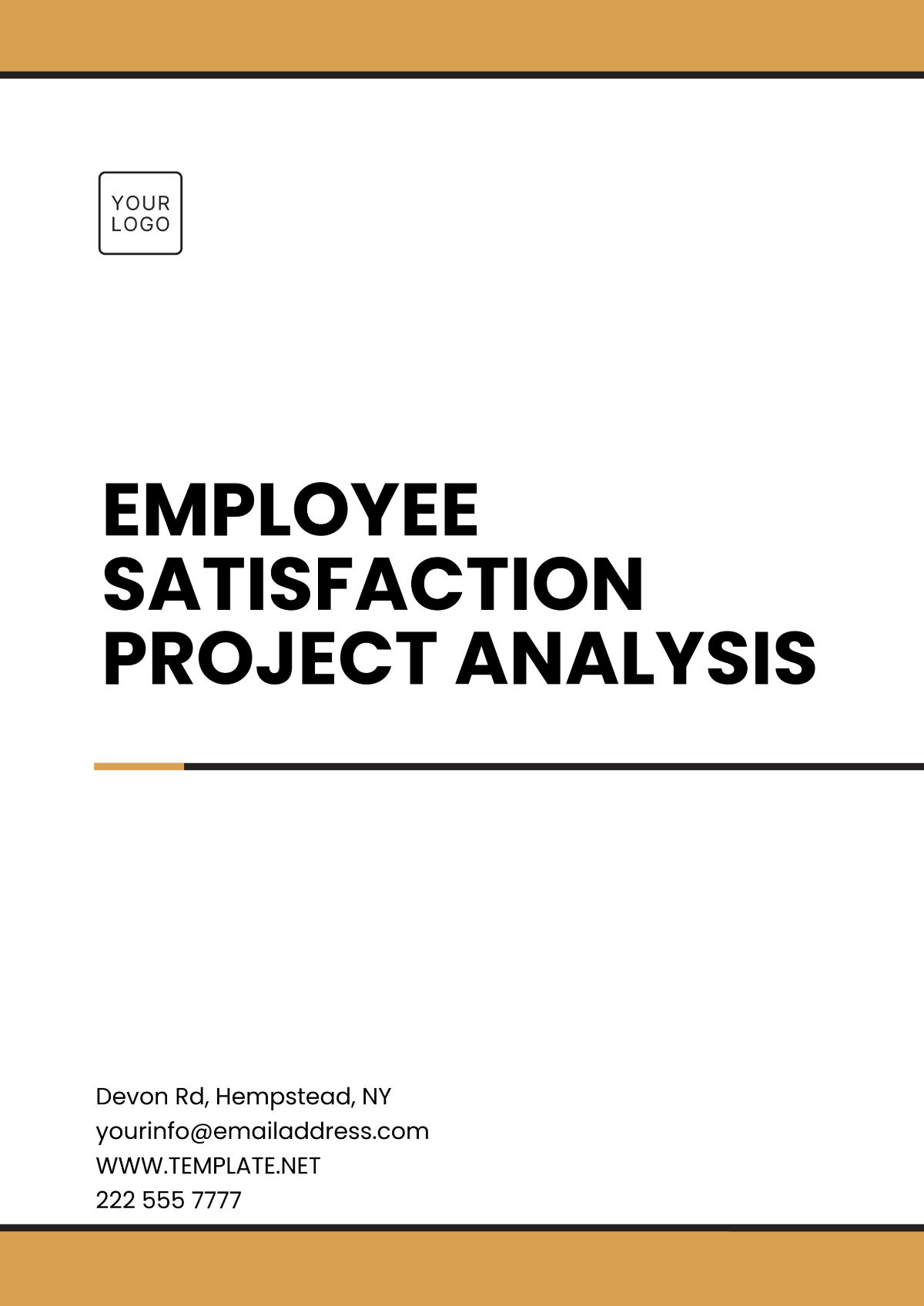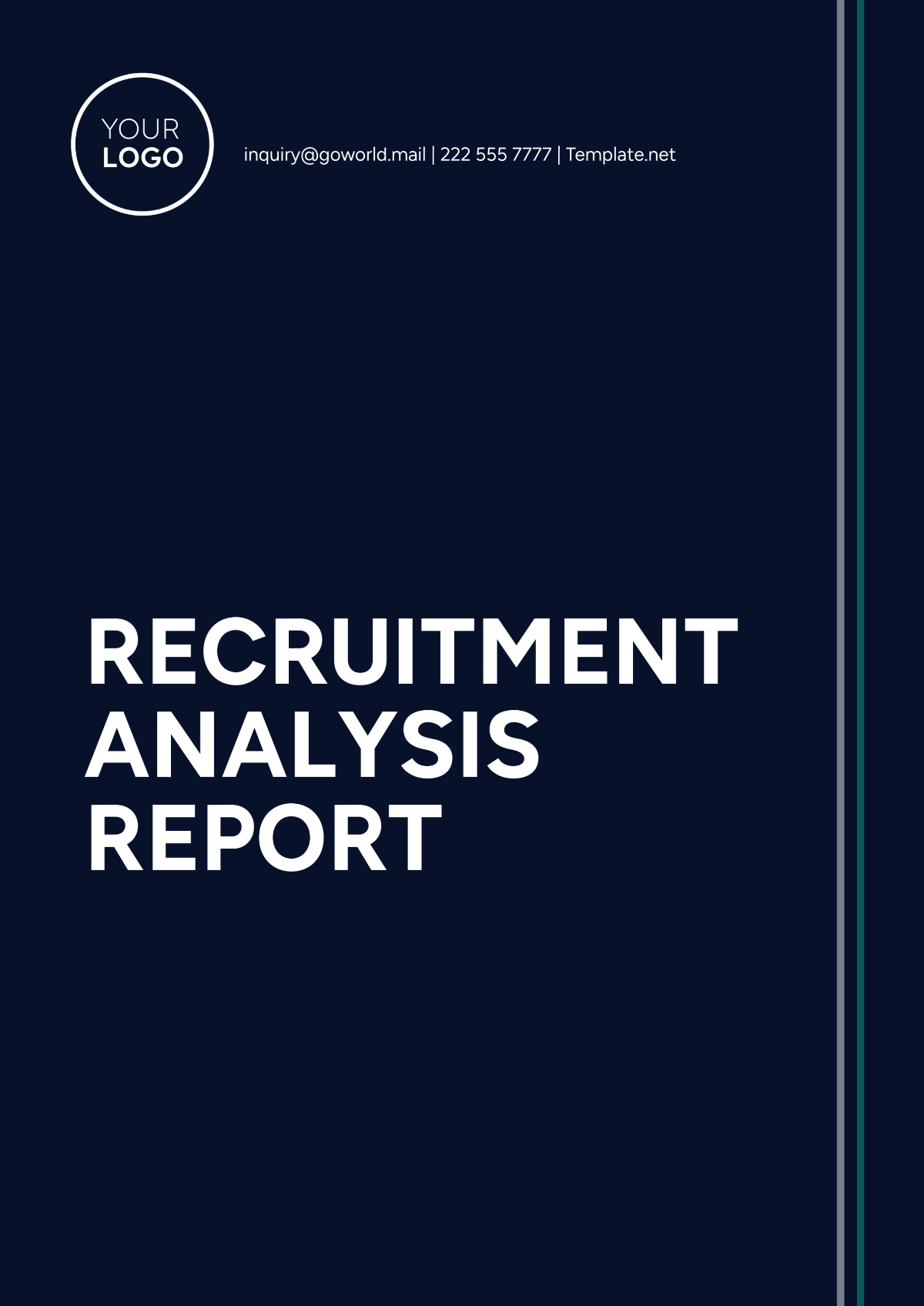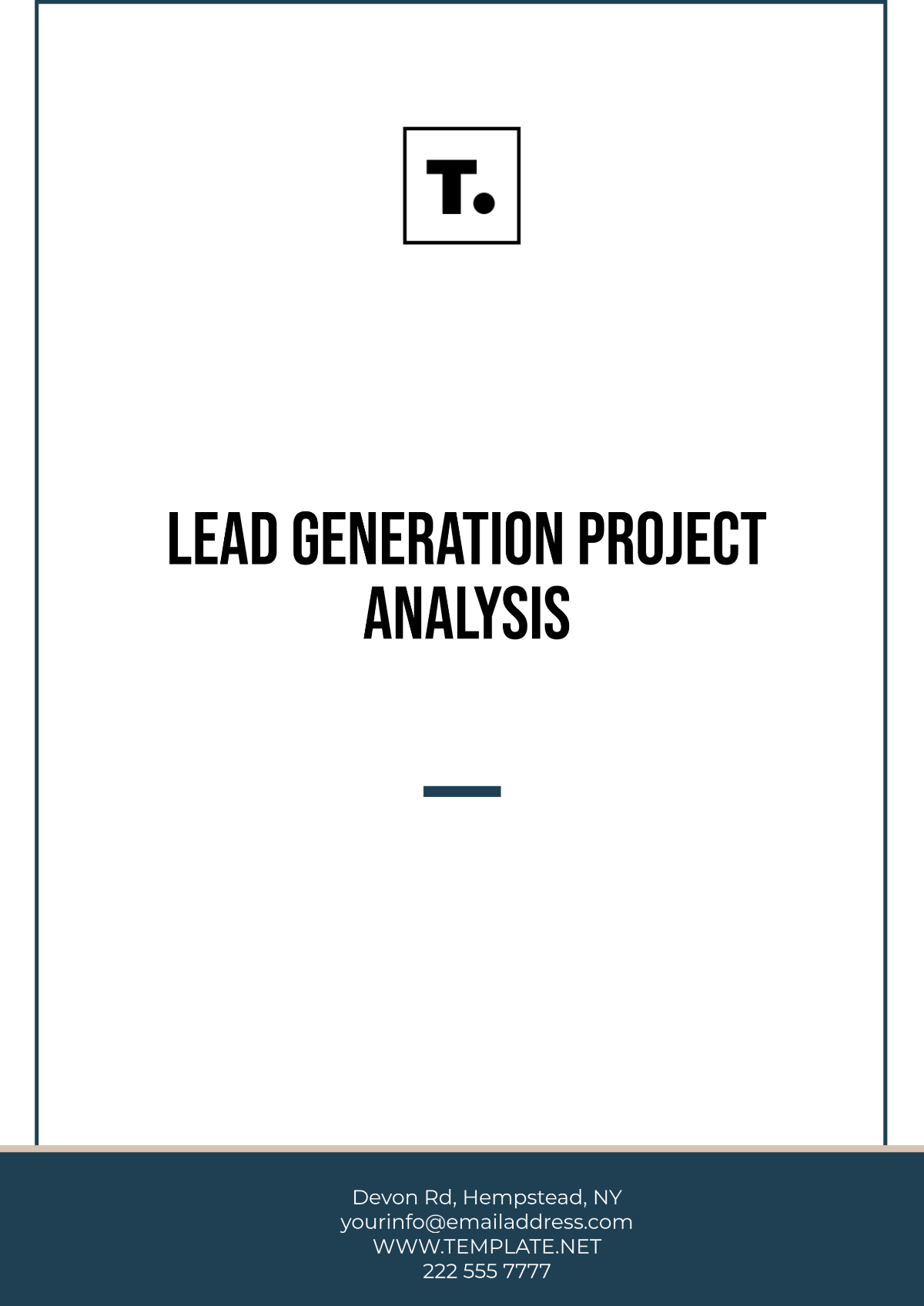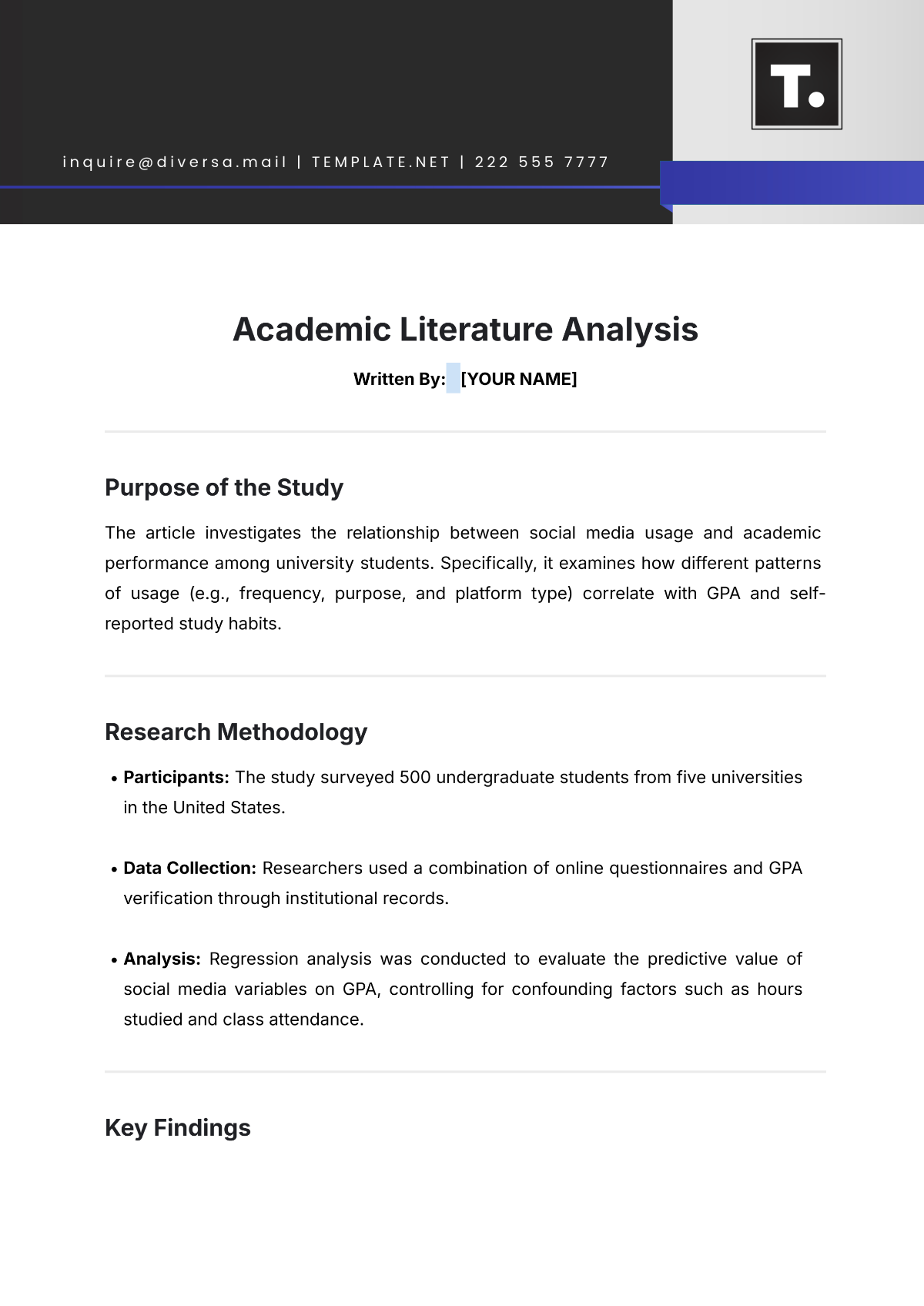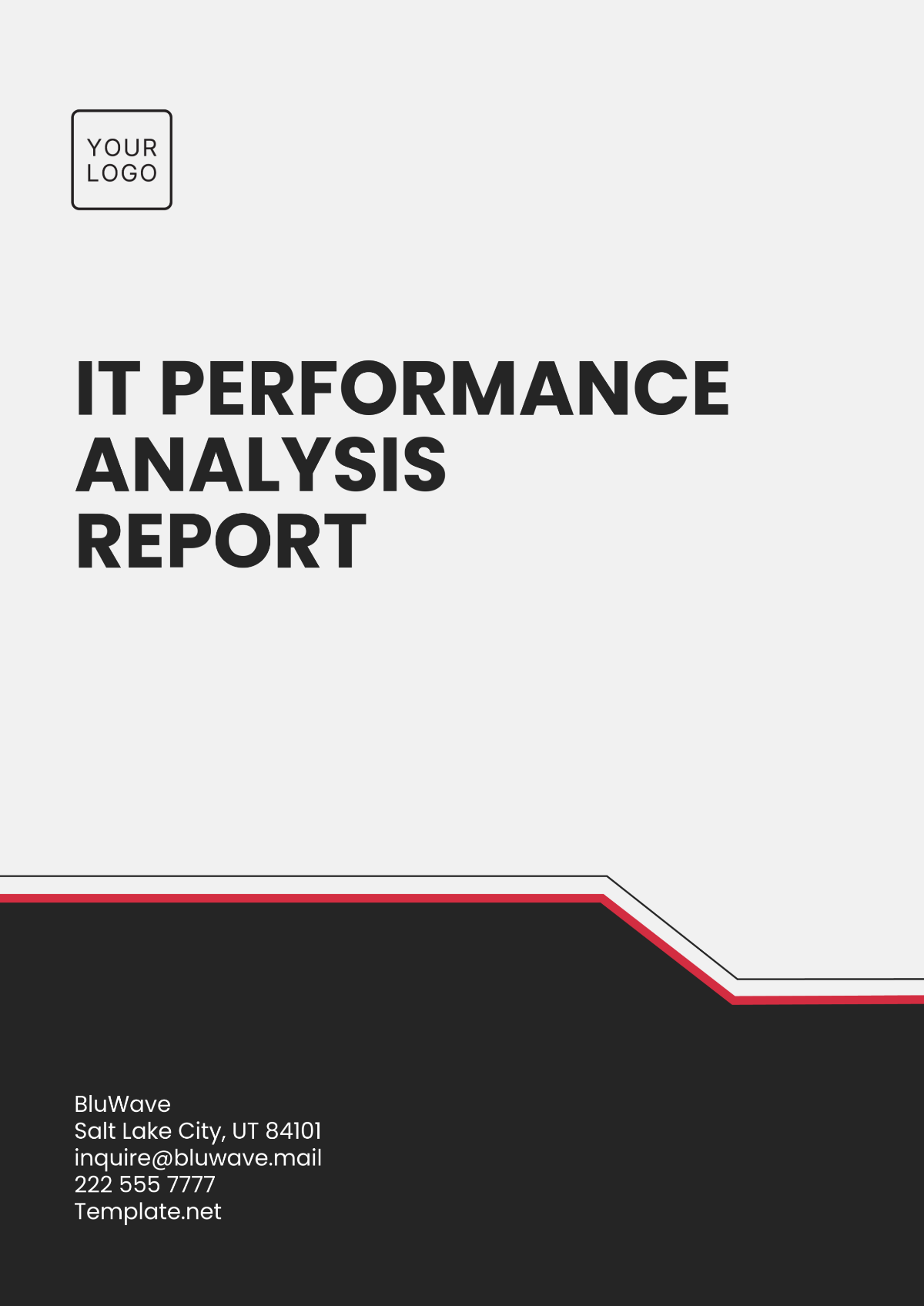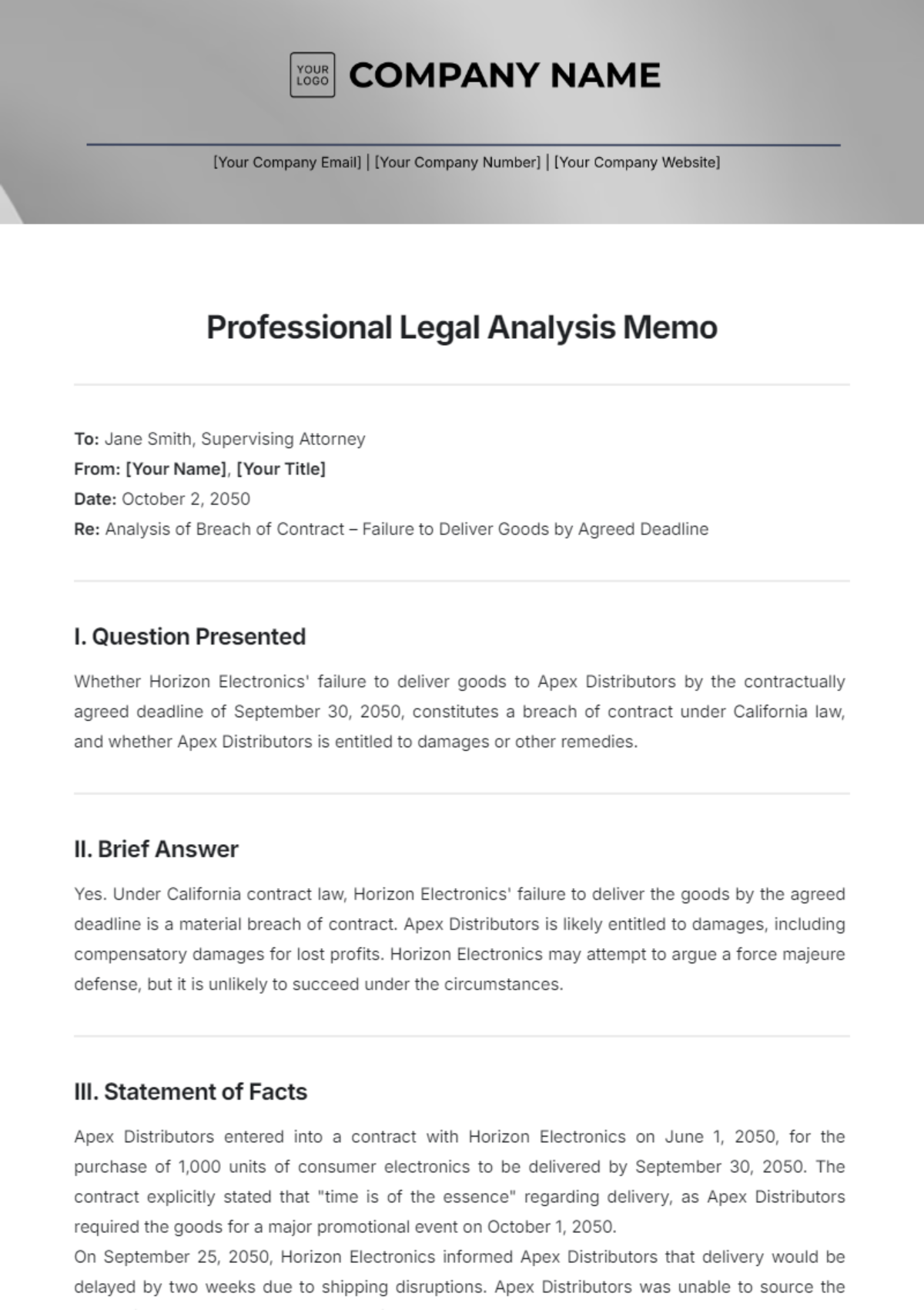Gap Analysis
I. Introduction
1.1 Background
In today's rapidly evolving automotive industry, it's imperative for [Your Company Name] to stay ahead of the curve and continually strive for excellence. This gap analysis aims to assess our current standing in vehicle safety features, identify areas for improvement, and chart a course toward our desired future state of becoming a leader in automotive safety.
1.2 Objectives
Evaluate the effectiveness of our current safety features.
Identify gaps between our safety features and industry standards.
Develop actionable recommendations to enhance vehicle safety.
I. Current State Assessment
Our vehicle safety features include airbags, anti-lock braking systems (ABS), and rearview cameras. While these features meet regulatory requirements, we must evaluate their effectiveness in real-world scenarios.
Metric | Description |
|---|---|
Percentage of vehicles equipped with ADAS | The proportion of vehicles in our lineup with ADAS technology. |
Average response time of safety systems in emergencies | Time taken for safety systems to react in emergencies. |
Customer satisfaction ratings related to vehicle safety | Ratings provided by customers regarding vehicle safety features. |
III. Desired State
3.1 Vision
We aim to integrate cutting-edge safety technologies into our vehicles, ensuring maximum protection for drivers and passengers and setting new industry benchmarks for vehicle safety.
3.2 Criteria
The criteria for achieving our desired state include:
Criteria | Description |
|---|---|
Integration of AI-driven safety systems | Incorporate advanced artificial intelligence technologies for proactive safety measures. |
Achieving a five-star safety rating in independent tests | Aim to attain the highest safety ratings in independent crash tests and safety assessments. |
Implementing proactive safety measures to prevent accidents | Introduce features and technologies aimed at preventing accidents before they occur. |
IV. Gap Identification
4.1 Analysis
Through thorough analysis, we have identified several key gaps:
Gap | Description |
|---|---|
Lack of advanced driver assistance systems (ADAS) | Many of our vehicle models do not come equipped with ADAS, which is becoming increasingly standard in the industry. |
Inadequate integration of AI technologies | Our current safety systems lack advanced AI algorithms, limiting their ability to predict and prevent accidents. |
Limited customer awareness of safety features | Despite having robust safety features, many customers are unaware of their existence or their benefits. |
4.2 Contributing Factors
Internal and external factors contributing to these gaps include:
Factor | Description |
|---|---|
Budget constraints | Limited financial resources may hinder the implementation of advanced safety technologies. |
Technological limitations | Existing infrastructure or technological capabilities may restrict the integration of AI-driven safety systems. |
Evolving safety regulations | Rapidly changing safety standards and regulations may pose challenges for compliance and implementation. |
Competitive pressure | Pressure from competitors to innovate and differentiate may drive the need for enhanced safety features. |
V. Recommendations
5.1 Strategies
Based on our analysis, we recommend the following strategies to bridge the identified gaps:
Strategy | Description |
|---|---|
Introduce ADAS as a standard feature in all vehicle models | Make ADAS a standard feature across all vehicle models. |
Collaborate with AI technology firms | Partner with AI technology firms to develop predictive safety algorithms. |
Launch an extensive marketing campaign | Implement a comprehensive marketing campaign to raise awareness of safety features. |
5.2 Resources
Implementation of these strategies will require the allocation of resources such as research and development funds, partnerships with technology firms, and marketing budgets.
VI. Conclusion
6.1 Summary
This Gap Analysis serves as a foundational tool for [Your Company Name] to strategically move forward toward achieving its long-term goals and optimizing overall performance. Detailed monitoring and the flexibility to adapt plans as required will be essential to successfully bridge the gaps identified.
6.2 Next Steps
The next steps include initiating pilot projects for ADAS integration, establishing partnerships with AI firms, and launching the marketing campaign.
VII. Appendices
Supporting Data: Detailed data analysis and charts are provided in the appendices.
References: Any sources or references cited in the analysis are listed here.















